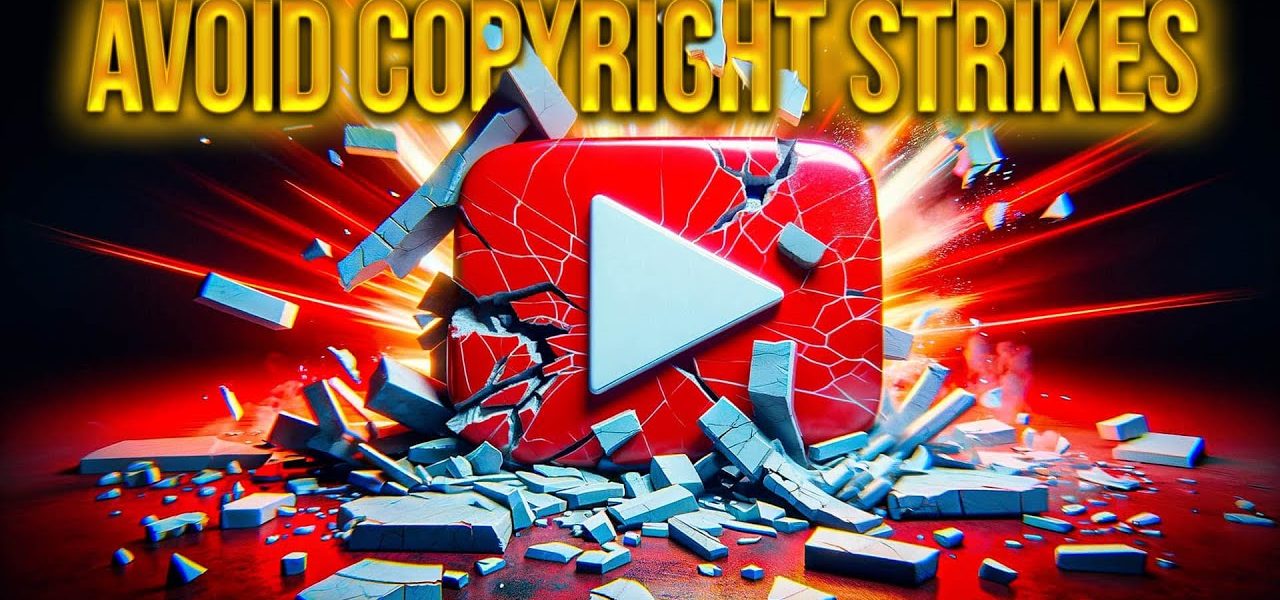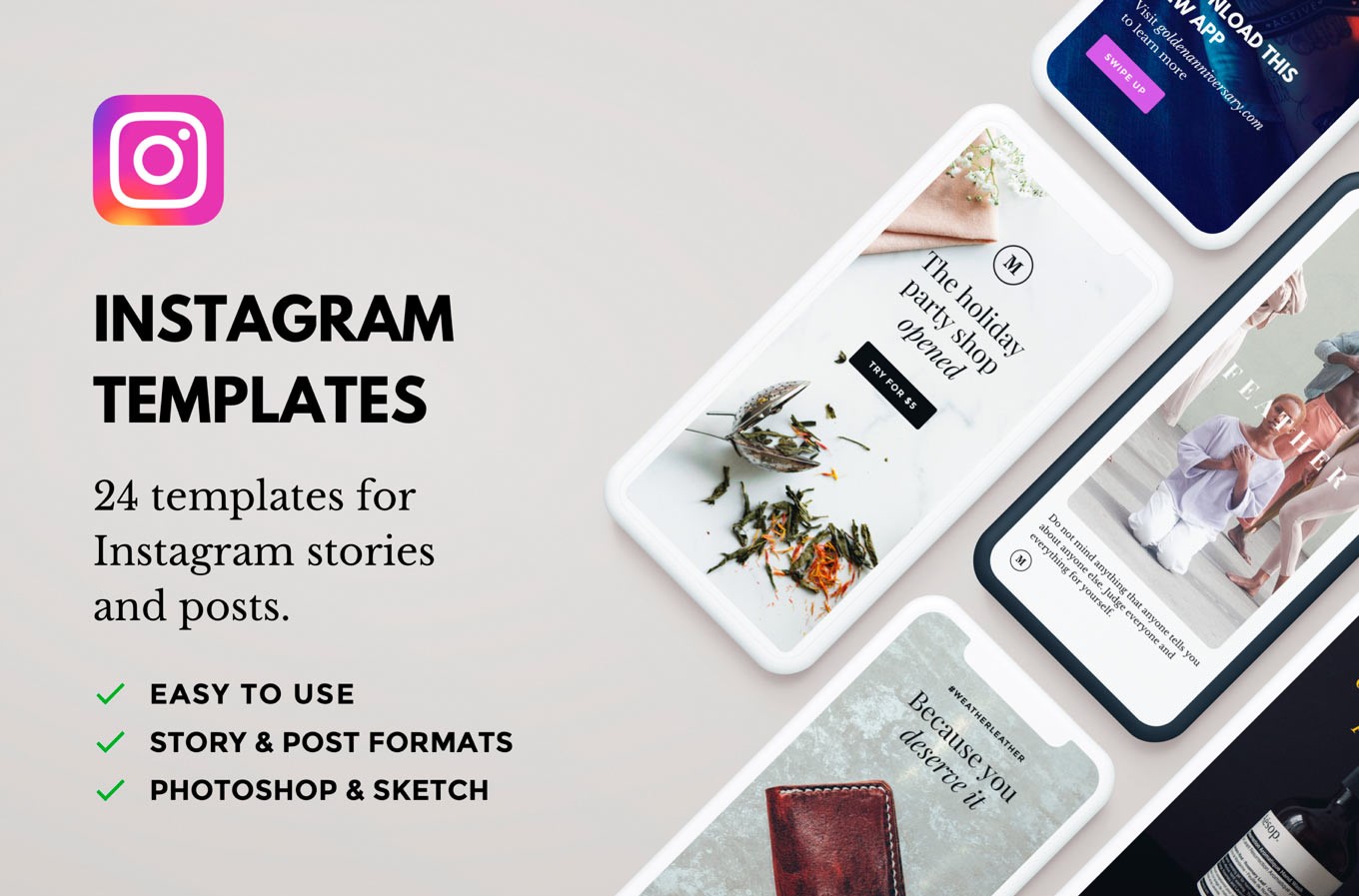YouTube is a thriving platform for content creators, but with great creativity comes great responsibility regarding copyright. Here are some best practices to help you navigate the complexities of copyright law and avoid strikes on YouTube:
Create Original Content The best way to avoid copyright issues altogether is to create your own original content. This ensures that you hold the rights to everything in your videos and reduces the risk of inadvertently using copyrighted material.
Use YouTube’s Audio Library YouTube provides a vast library of royalty-free music and sound effects that you can use in your videos without worrying about copyright infringement. This library is accessible directly from your YouTube account and offers a variety of genres and moods to suit different video themes.
Understand YouTube’s Content ID System YouTube’s Content ID system automatically scans uploaded videos for copyrighted material. It’s essential to understand how this system works and be prepared to address any claims that may arise. You can either remove the copyrighted content, edit your video to comply with copyright guidelines, or dispute the claim if you believe it is invalid.
Read and Follow Copyright Policies YouTube has clear copyright policies that outline what is and isn’t allowed on the platform. Familiarize yourself with these policies and regularly check for updates or changes. Staying informed will help you avoid unintentional violations and keep your channel in good standing.
Seek Permission or Licensing If you want to use copyrighted material that isn’t covered by fair use or falls outside of YouTube’s guidelines, seek permission from the copyright owner or obtain the necessary licenses. This may involve contacting the rights holder directly or using third-party licensing services.
Utilize Public Domain and Creative Commons Works Public domain works and content under Creative Commons licenses can often be used freely in your videos, depending on the specific terms of the license. Be sure to understand the requirements for attribution or any other conditions specified by the license.
Educate Yourself on Fair Use Fair use allows for the limited use of copyrighted avoiding copyright strikes in youtube material without permission for purposes such as commentary, criticism, parody, or education. Familiarize yourself with the principles of fair use and assess whether your use of copyrighted material qualifies under these guidelines.
Keep Records of Permissions and Licenses Maintain records of any permissions granted or licenses obtained for copyrighted material used in your videos. This documentation can help you resolve disputes or challenges related to copyright claims more effectively.
Be Transparent with Your Audience Transparency is key when using copyrighted material in your videos. Clearly communicate to your audience when you are using third-party content and provide appropriate attribution or credit as required.
By following these best practices, you can minimize the risk of copyright strikes on YouTube and build a channel that respects intellectual property rights. Whether creating original content, using YouTube’s resources, understanding copyright policies, obtaining permissions, or educating yourself on fair use, proactive measures will help you navigate the digital landscape responsibly and continue to grow your presence on YouTube.





